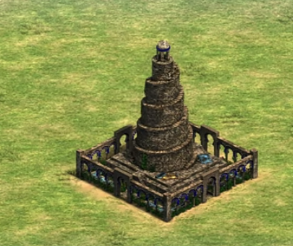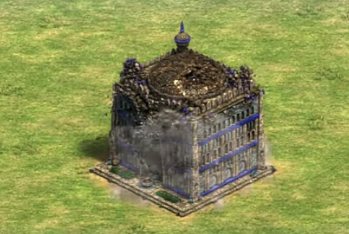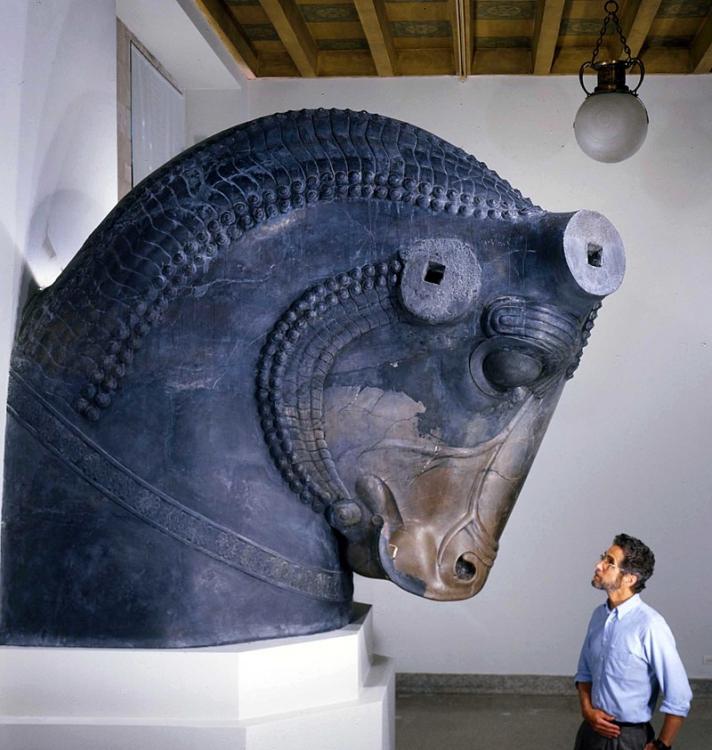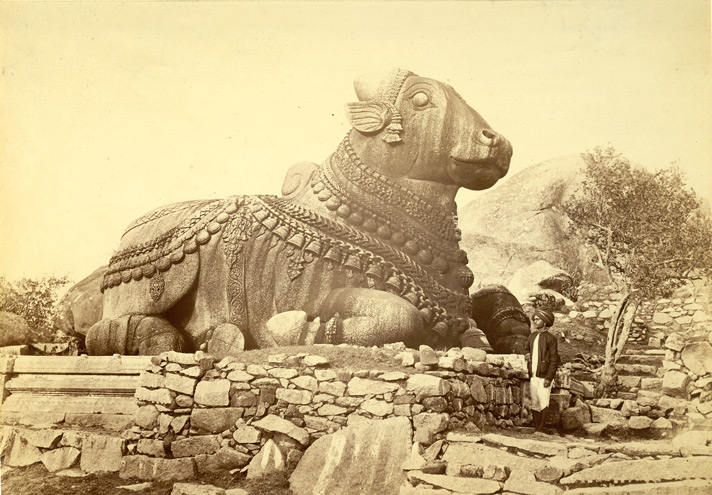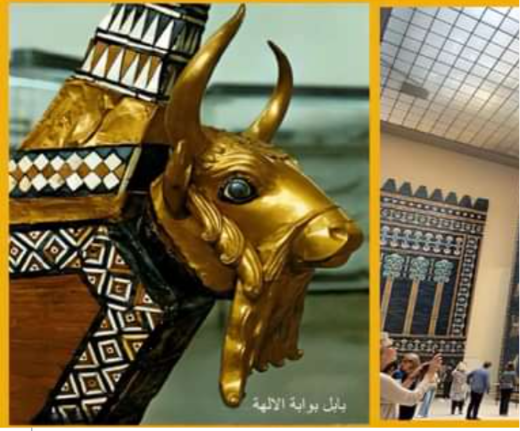-
Posts
24.588 -
Joined
-
Days Won
272
Everything posted by Lion.Kanzen
-
.thumb.png.0d87fc71cb8a644c5d862ceabac1e0d5.png)
[Units] Roles and New paradigm+A28
Lion.Kanzen replied to Lion.Kanzen's topic in Gameplay Discussion
I don't expect you to read them. -
Is important because it is not an architectural style that is easy to find or explain at first glance. Maybe it would be more appropriate with a more representative building But for example One thing that is evident in some models of the houses is that they have an internal garden/courtyard.
-
.thumb.png.0d87fc71cb8a644c5d862ceabac1e0d5.png)
[Units] Roles and New paradigm+A28
Lion.Kanzen replied to Lion.Kanzen's topic in Gameplay Discussion
Maybe there is no evolution between those two but in the long run comparing it with the Macedonians and Successors, There is change, although perhaps in the Successors it is due to contact with the Roman troops. -
The Seleucid houses have to write that the architectural style is an oriental mix of the Middle East with Hellenistic style. https://wildfiregames.com/forum/topic/19497-poll-seleucid-architecture-direction/#comment-301849
-
.thumb.png.0d87fc71cb8a644c5d862ceabac1e0d5.png)
===[Task]=== Building Damage Textures - Romans
Lion.Kanzen replied to Lion.Kanzen's topic in Official tasks
Buildings damaged by fire look like this: It must be taken into account that Roman buildings are made of brick, stone and adobe. -
I'll check them later. I'm going to do the research work for a while.
-
.thumb.png.0d87fc71cb8a644c5d862ceabac1e0d5.png)
[Units] Roles and New paradigm+A28
Lion.Kanzen replied to Lion.Kanzen's topic in Gameplay Discussion
By the way I'm going to need help with that from the game historians. @Genava55 @Thorfinn the Shallow Minded @wowgetoffyourcellphone I need help with peltasts. -
.thumb.png.0d87fc71cb8a644c5d862ceabac1e0d5.png)
[Units] Roles and New paradigm+A28
Lion.Kanzen replied to Lion.Kanzen's topic in Gameplay Discussion
Here we have a problem with the Pelstasts unit that becomes a hybrid unit (Hoplite) as the evolution of the war progresses. In other words, the blow is high and evolves into a tyrophoroi. It is almost the same evolution that we have with the antisignanus and Auxiliary infantry. As I understand it, lighter infantry was used to cover the flanks of the heavy infantry to cover the cavalry gaps as the troops moved or left gaps. -
.thumb.png.0d87fc71cb8a644c5d862ceabac1e0d5.png)
===[Task]=== Building Damage Textures - Romans
Lion.Kanzen replied to Lion.Kanzen's topic in Official tasks
Field Research. Old and battered construction. Old buildings generally have problems with rain stains on the top. Problems with rain stains on the top And and below you have soil moisture, mud, dust and soil material. I went for a walk here, a couple of meters away there is a construction that looks a little old and I took some photos. -
First of all, as it is part of my methodology, what I have to do is research 1- what is already precedent in 0 AD and in the market (AoE saga). Since what I have at hand right now is my cell phone, I'm going to look for the videos of what the textures look like when the building is damaged. The buildings have little fire damage near to collapse.
-
I've been thinking about them watching the AoE ones. In my mind I have worked on the textures, is a same our team never share the secrets so that the rest of the team can later do the same job. But I'm going to start studying the textures and try to maybe think of some extra ones. But I am going to study the textures of Lordgood. You know which directory they are ? just to look at them and have them worked out conceptually. .I'm going to open up a little bit about that. I think I'm going to start with the Romans, my favorite faction. And I'm going to start documenting the changes so that later this can help someone else in case we have another volunteer who also wants to do the work.
-
.thumb.png.0d87fc71cb8a644c5d862ceabac1e0d5.png)
Civ: Dominate Romans (late Rome)
Lion.Kanzen replied to wowgetoffyourcellphone's topic in Delenda Est
-
In a month or less I will be active with art. What do you need guys? I'm going to be working with the mods and eye candy (3D) Now I can be more capable than before with 2D art. If WOW helps me, we can improve textures. I make and he puts it in the game. I can do the Chinese battering ram, if someone encourages it. I'm the only one along with WOW who remains more focused on art. Who do we currently have?
-
.thumb.png.0d87fc71cb8a644c5d862ceabac1e0d5.png)
Age of Empires 2 Definitive Edition
Lion.Kanzen replied to Lion.Kanzen's topic in Introductions & Off-Topic Discussion
Oops duplicated post. -
The YT algorithm already knows what I'm looking for. Although I was not looking for gladiators, but the YT knows what I am looking for, example of these are: themes of ancient weapons and combat.
-
.thumb.png.0d87fc71cb8a644c5d862ceabac1e0d5.png)
Age of Empires III DE.
Lion.Kanzen replied to Lion.Kanzen's topic in Introductions & Off-Topic Discussion
I really like that design of the campaign menu. -
.thumb.png.0d87fc71cb8a644c5d862ceabac1e0d5.png)
[eye candy] Divine statues and myths.
Lion.Kanzen replied to Lion.Kanzen's topic in Tutorials, references and art help
And finally Romans. The religious practices of the Roman Empire of the 2nd to 4th centuries included the taurobolium, in which a bull was sacrificed for the well-being of the people and the state. Around the mid-2nd century, the practice became identified with the worship of Magna Mater, but was not previously associated only with that cult (cultus). Public taurobolia, enlisting the benevolence of Magna Mater on behalf of the emperor, became common in Italy and Gaul, Hispania and Africa. The last public taurobolium for which there is an inscription was carried out at Mactar in Numidia at the close of the 3rd century. It was performed in honor of the emperors Diocletian and Maximian. Another Roman mystery cult in which a sacrificial bull played a role was that of the 1st–4th century Mithraic Mysteries. In the so-called "tauroctony" artwork of that cult (cultus), and which appears in all its temples, the god Mithras is seen to slay a sacrificial bull. Although there has been a great deal of speculation on the subject, the myth (i.e. the "mystery", the understanding of which was the basis of the cult) that the scene was intended to represent remains unknown. Because the scene is accompanied by a great number of astrological allusions, the bull is generally assumed to represent the constellation of Taurus. The basic elements of the tauroctony scene were originally associated with Nike, the Greek goddess of victory. Macrobius lists the bull as an animal sacred to the god Neto/Neito, possibly being sacrifices to the deity.[22] -
.thumb.png.0d87fc71cb8a644c5d862ceabac1e0d5.png)
[eye candy] Divine statues and myths.
Lion.Kanzen replied to Lion.Kanzen's topic in Tutorials, references and art help
Greek Bull. Among the Twelve Olympians, Hera's epithet Bo-opis is usually translated "ox-eyed" Hera, but the term could just as well apply if the goddess had the head of a cow, and thus the epithet reveals the presence of an earlier, though not necessarily more primitive, iconic view. (Heinrich Schlieman, 1976) Classical Greeks never otherwise referred to Hera simply as the cow, though her priestess Io was so literally a heifer that she was stung by a gadfly, and it was in the form of a heifer that Zeus coupled with her. Zeus took over the earlier roles, and, in the form of a bull that came forth from the sea, abducted the high-born Phoenician Europa and brought her, significantly, to Crete. Dionysus was another god of resurrection who was strongly linked to the bull. In a worship hymn from Olympia, at a festival for Hera, Dionysus is also invited to come as a bull, "with bull-foot raging." "Quite frequently he is portrayed with bull horns, and in Kyzikos he has a tauromorphic image," Walter Burkert relates, and refers also to an archaic myth in which Dionysus is slaughtered as a bull calf and impiously eaten by the Titans.[20] For the Greeks, the bull was strongly linked to the Cretan Bull: Theseus of Athens had to capture the ancient sacred bull of Marathon (the "Marathonian bull") before he faced the Minotaur (Greek for "Bull of Minos"), who the Greeks imagined as a man with the head of a bull at the center of the labyrinth. Minotaur was fabled to be born of the Queen and a bull, bringing the king to build the labyrinth to hide his family's shame. Living in solitude made the boy wild and ferocious, unable to be tamed or beaten. Yet Walter Burkert's constant warning is, "It is hazardous to project Greek tradition directly into the Bronze Age."[21] Only one Minoan image of a bull-headed man has been found, a tiny Minoan sealstone currently held in the Archaeological Museum of Chania. In the Classical period of Greece, the bull and other animals identified with deities were separated as their agalma, a kind of heraldic show-piece that concretely signified their numinous presence -
.thumb.png.0d87fc71cb8a644c5d862ceabac1e0d5.png)
[eye candy] Divine statues and myths.
Lion.Kanzen replied to Lion.Kanzen's topic in Tutorials, references and art help
Levantine Bull. The Canaanite (and later Carthaginian) statue to which sacrifices were burnt, either as a deity or a type of sacrifice – Moloch – was referred to as a horned man, and likened to Cronus by the Romans. There may be a connection between sacrifice to the Cretan horned man Minotaur and Cronus himself. Both Baʿal and El were associated with the bull in Ugaritic texts, as it symbolized both strength and fertility.[11] Bull figurines are common finds on archaeological sites across the Levant;two examples are the 16th century BCE (Middle Bronze Age) bull calf from Ashkelon,[12] and the 12th century BCE (Iron Age I) bull found at the so-called Bull Site in Samaria on the West Bank.[13] Cronus's son Zeus was raised on Crete in hiding from his father. Having consumed all of his own children (the gods), Cronus is fed a boulder by Zeus (to represent Zeus's own body so he appears consumed) and becomes emetic. His vomiting of the boulder and subsequently the other gods (his children) in the Titanomachy bears comparison with the volcanic eruption that appears to be described in Zeus's battle with Typhon in the Theogony. Consequently, Cronus may be associated with the eruption of Thera through the myth of his defeat by Zeus. The later association between Canaanite religions in which child sacrifice took place (Ezekiel 20:25–26[14]) and the association of child sacrifice with a horned god (as potentially on Crete and certainly in Carthage) may also be connected with the Greek myth of sending young men and women to the Minotaur, a bull-headed man. Exodus 32:4[15] reads "He took this from their hand, and fashioned it with a graving tool and made it into a molten calf; and they said, 'This is your god, O Israel, who brought you up from the land of Egypt'." Calf-idols are referred to later in the Tanakh, such as in the Book of Hosea,[17] which would seem accurate as they were a fixture of near-eastern cultures. Solomon's "Molten Sea" basin stood on twelve brazen bulls.[18][19] Young bulls were set as frontier markers at Dan and Bethel, the frontiers of the Kingdom of Israel. -
.thumb.png.0d87fc71cb8a644c5d862ceabac1e0d5.png)
[eye candy] Divine statues and myths.
Lion.Kanzen replied to Lion.Kanzen's topic in Tutorials, references and art help
Indian Bull. Bulls also appear on seals from the Indus Valley civilisation. Nandi appears in Hindu mythology as the primary vehicle and the principal gana (follower) of Shiva. In Rig Veda, Indra was often praised as a Bull (Vrsabha – 'vrsa' means he and bha means being or uksan- a bull aged five to nine years, which is still growing or just reached its full growth), with bull being an icon of power and virile strength not just in Aryan literature but in many IE cultures.[6] Vrsha means "to shower or to spray", in this context Indra showers strength and virility. -
.thumb.png.0d87fc71cb8a644c5d862ceabac1e0d5.png)
[eye candy] Divine statues and myths.
Lion.Kanzen replied to Lion.Kanzen's topic in Tutorials, references and art help
Iranian bull. The Iranian language texts and traditions of Zoroastrianism have several different mythological bovine creatures. One of these is Gavaevodata, which is the Avestan name of a hermaphroditic "uniquely created (-aevo.data) cow (gav-)", one of Ahura Mazda's six primordial material creations that becomes the mythological progenitor of all beneficent animal life. Another Zoroastrian mythological bovine is Hadhayans, a gigantic bull so large that it could straddle the mountains and seas that divide the seven regions of the earth, and on whose back men could travel from one region to another. In medieval times, Hadhayans also came to be known as Srīsōk (Avestan *Thrisaok, "three burning places"), which derives from a legend in which three "Great Fires" were collected on the creature's back. Yet another mythological bovine is that of the unnamed creature in the Cow's Lament, an allegorical hymn attributed to Zoroaster himself, in which the soul of a bovine (geush urvan) despairs over her lack of protection from an adequate herdsman. In the allegory, the cow represents humanity's lack of moral guidance, but in later Zoroastrianism, Geush Urvan became a yazata representing cattle. The 14th day of the month is named after her and is under her protection. -
.thumb.png.0d87fc71cb8a644c5d862ceabac1e0d5.png)
[eye candy] Divine statues and myths.
Lion.Kanzen replied to Lion.Kanzen's topic in Tutorials, references and art help
In Ancient Egypt multiple sacred bulls were worshiped. A long succession of ritually perfect bulls were identified by the god's priests, housed in the temple for their lifetime, then embalmed and buried. In the Memphite region, the Apis was seen as the embodiment of Ptah and later of Osiris. Some of the Apis bulls were buried in large sarcophagi in the underground vaults of the Serapeum of Saqqara, which was rediscovered by Auguste Mariette in 1851. Other sacred bulls were Mnevis of Heliopolis, the embodiment of Atum-Ra, and Buchis of Armant, linked with the gods Ra and Montu. The mother-cows of these animals were also revered Ka, in Egyptian, is both a religious concept of life-force/power and the word for bull.[3] Andrew Gordon, an Egyptologist, and Calvin Schwabe, a veterinarian, argue that the origin of the ankh is related to two other signs of uncertain origin that often appear alongside it: the was-sceptre, representing "power" or "dominion", and the djed pillar, representing "stability". According to this hypothesis, the form of each sign is drawn from a part of the anatomy of a bull, like some other hieroglyphic signs that are known to be based on body parts of animals. In Egyptian belief semen was connected with life and, to some extent, with "power" or "dominion", and some texts indicate the Egyptians believed semen originated in the bones. Therefore, Calvin and Schwabe suggest the signs are based on parts of the bull's anatomy through which semen was thought to pass: the ankh is a thoracic vertebra, the djed is the sacrum and lumbar vertebrae, and the was is the dried penis of the bull.

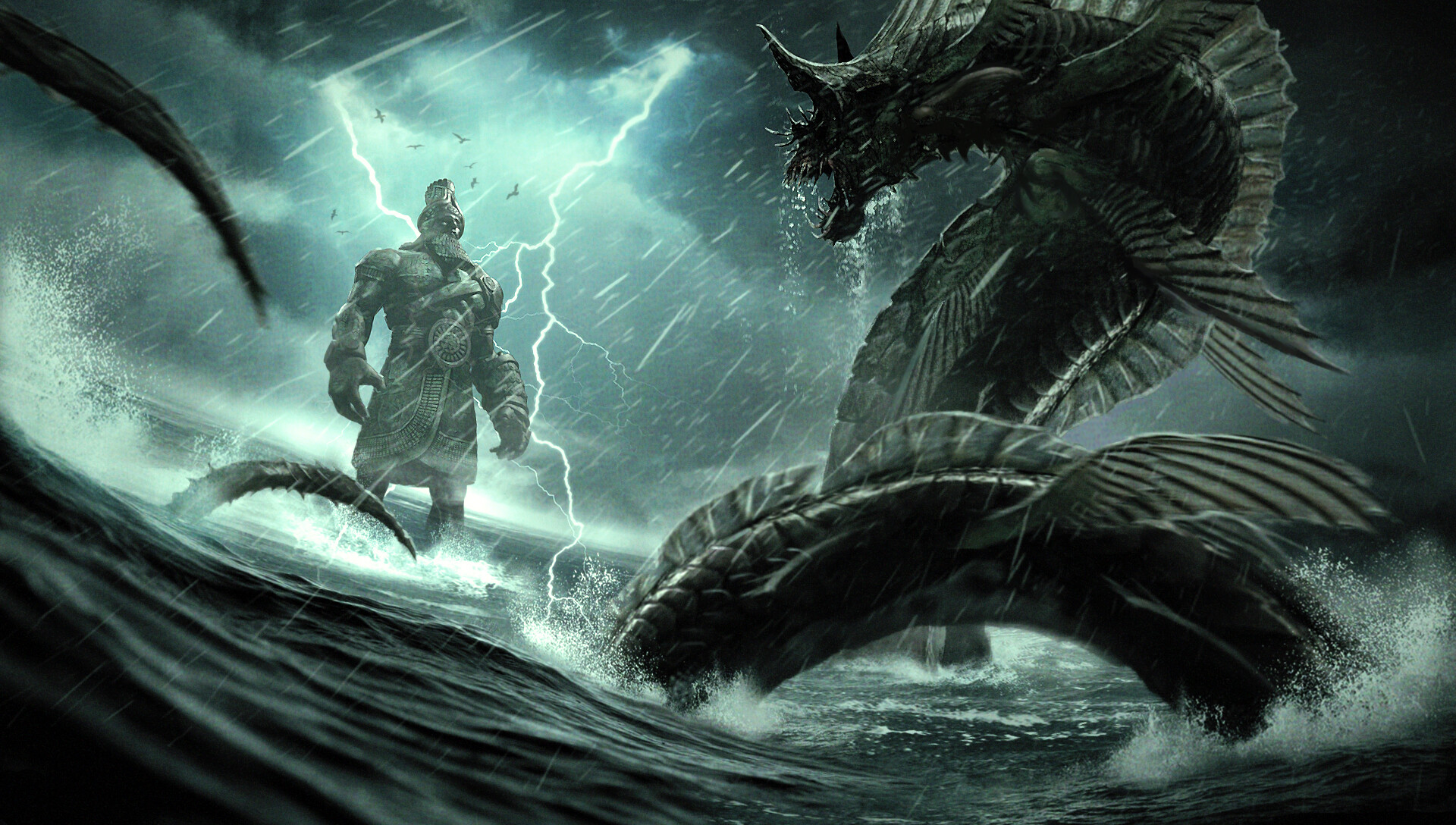
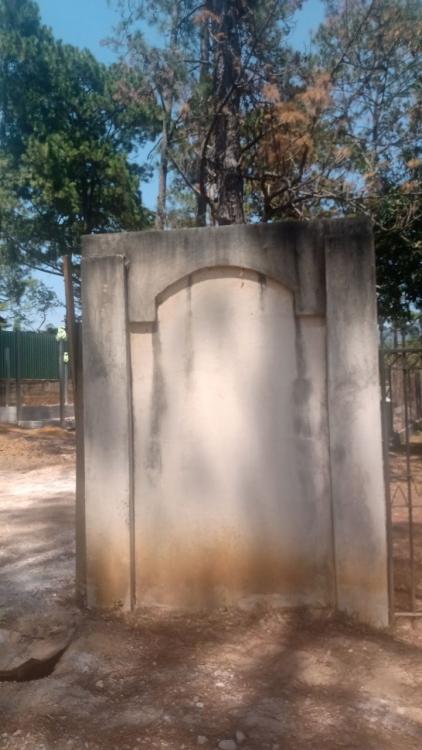
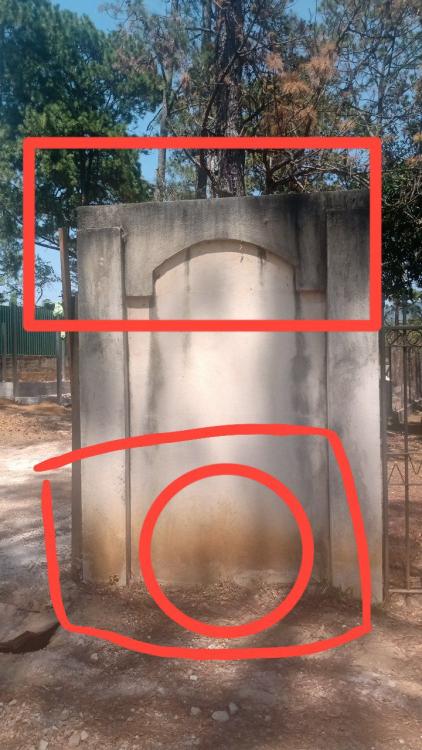
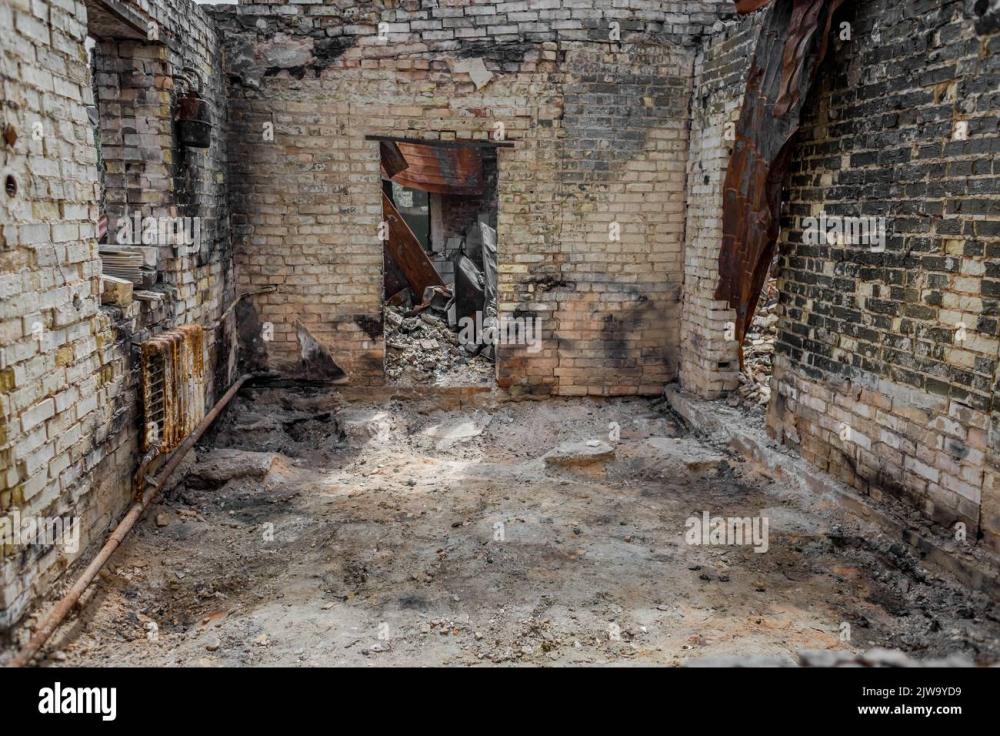
.png.c686714d67c1e4d9b4d55152757cc3e9.png)

